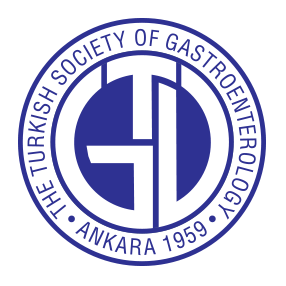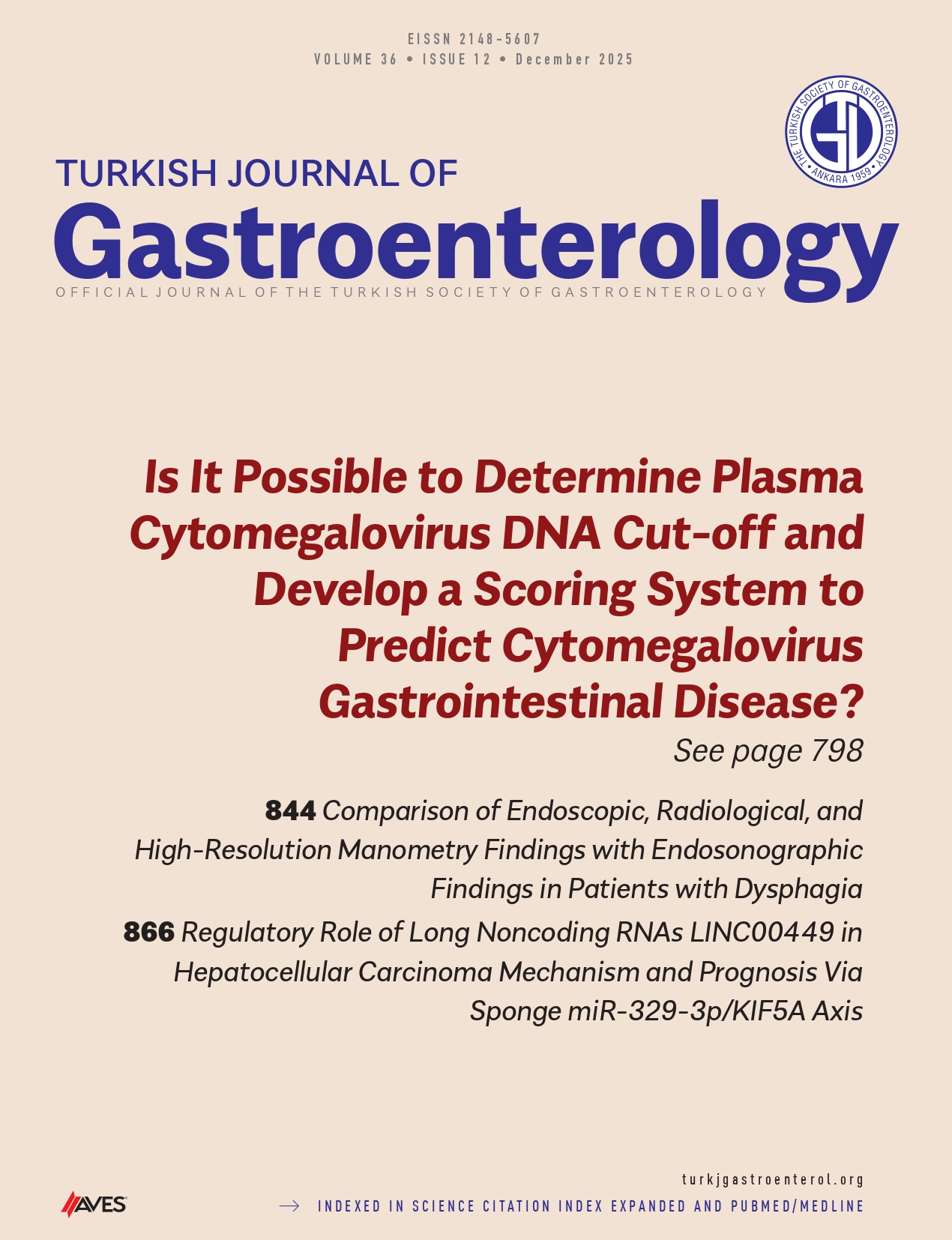Background/Aims: Acute pancreatitis is a life-threatening disease associated with significant in-hospital mortality, particularly when complications occur. However, there is little data for long-term all-cause mortality of acute pancreatitis and its relation to etiology. Thus, in this study, both short- and very long-term all-cause mortality after acute pancreatitis were sought.
Materials and Methods: Patients admitted with acute pancreatitis to the Bezmialem Vakıf University Hospital from 2012 to 2023 were retrospectively investigated. Demographic and laboratory values were obtained from hospital records. All-cause mortality was assessed using the national death notification system.
Results: A total of 689 patients were included in the final analysis. The median follow-up duration was 86 months (range: 0-154 months). The mean age of the study population was 54.3 ± 16.9 years, and 384 individuals (55.7%) were women. The overall in-hospital mortality rate was 2.8%, while 1-year all-cause mortality was 5.4%. Age, diabetes mellitus, and development of in-hospital complications were independent predictors of all-cause long-term mortality. In terms of etiology, alcoholic and hypertriglyceridemia-induced acute pan creatitis had higher in-hospital mortality rates; however, over the long term, alcoholic pancreatitis yielded the worst prognosis. The first year after discharge showed the highest mortality that is most likely associated with in-hospital complications and disease severity.
Conclusion: This study sheds light on modern-era mortality rates of acute pancreatitis. Age, diabetes, and in-hospital complication development had a significant impact on long-term survival. Although underrepresented in this cohort, alcoholic pancreatitis had the highest long-term all-cause mortality and clearly represents an issue that deserves to be investigated.
Cite this article as: Keskin EB, Taşlıdere B, Kiremitçi S, Köker İH, Toluk Ö, Şentürk H. Long-term all-cause mortality after acute pancreatitis: median 7-year follow-up. Turk J Gastroenterol. 2025;36(12):858-865.




.png)
.png)